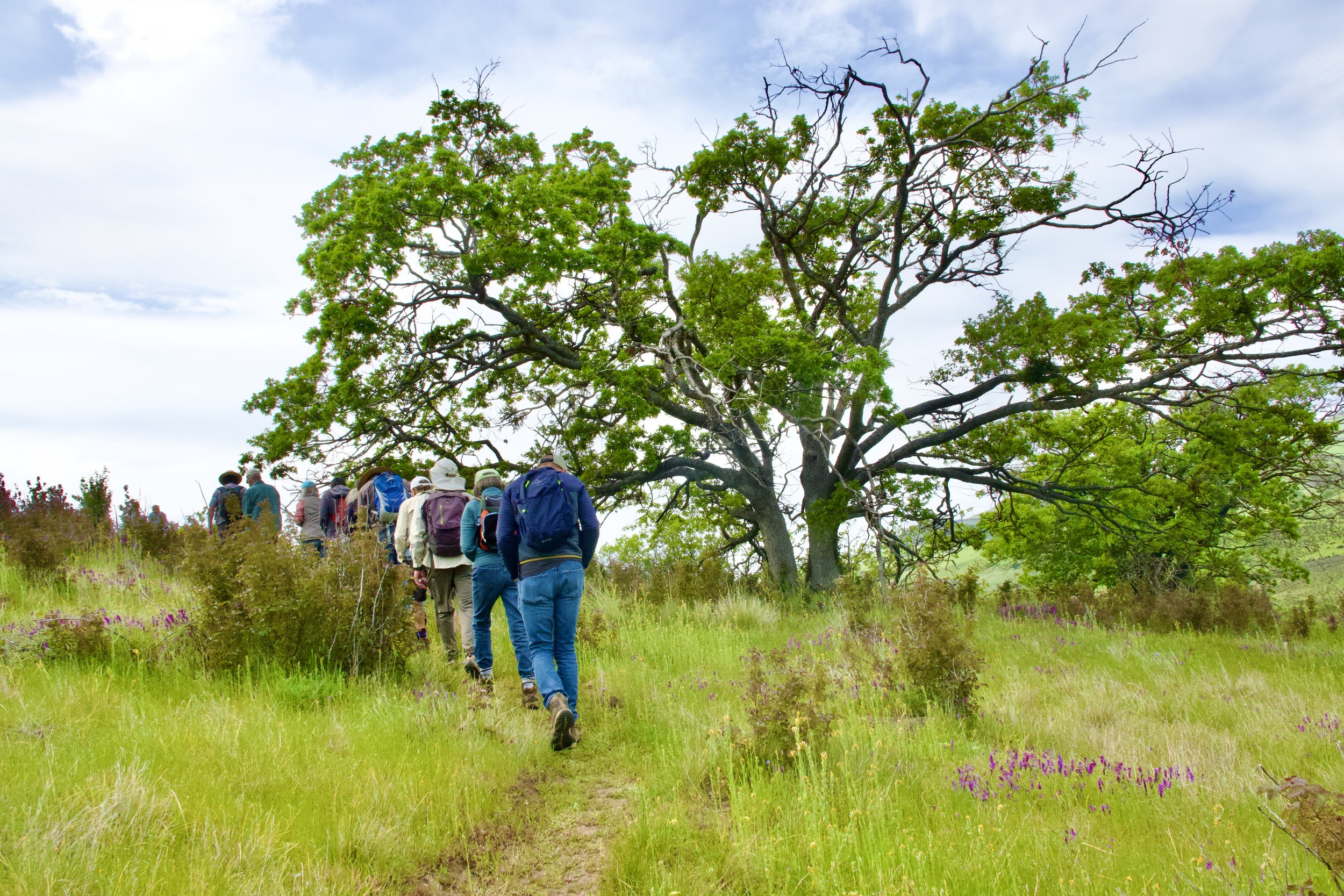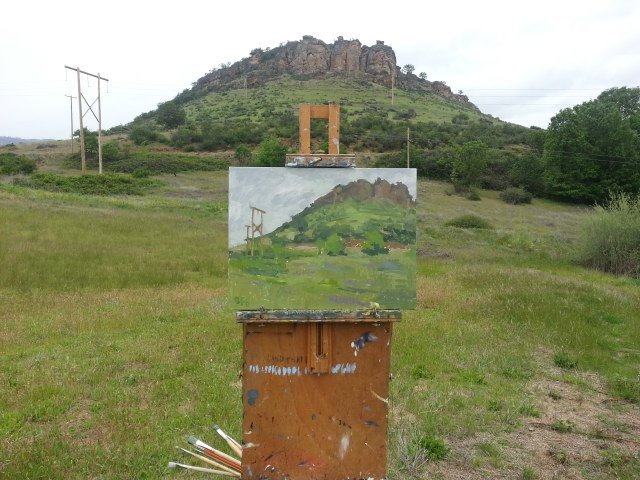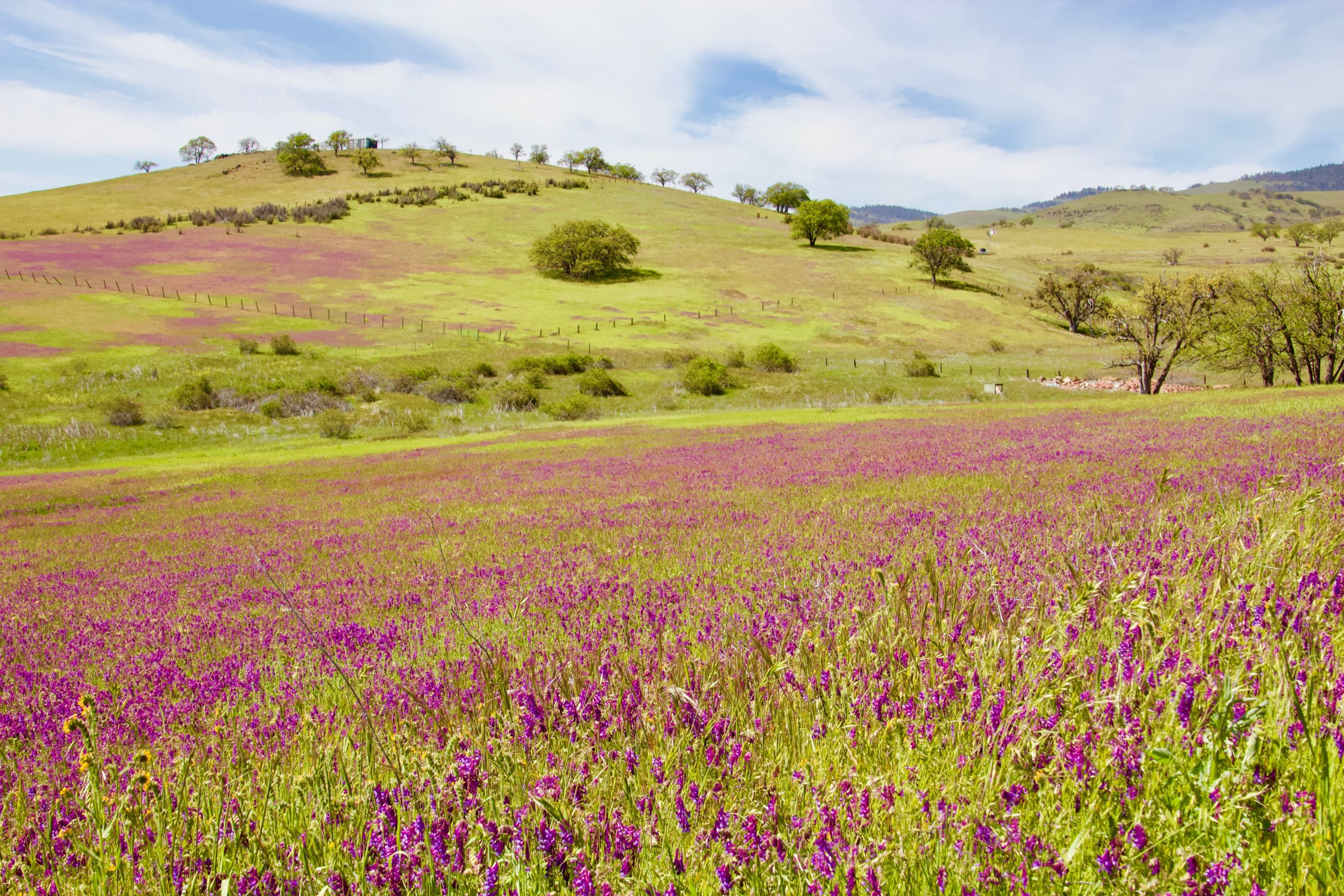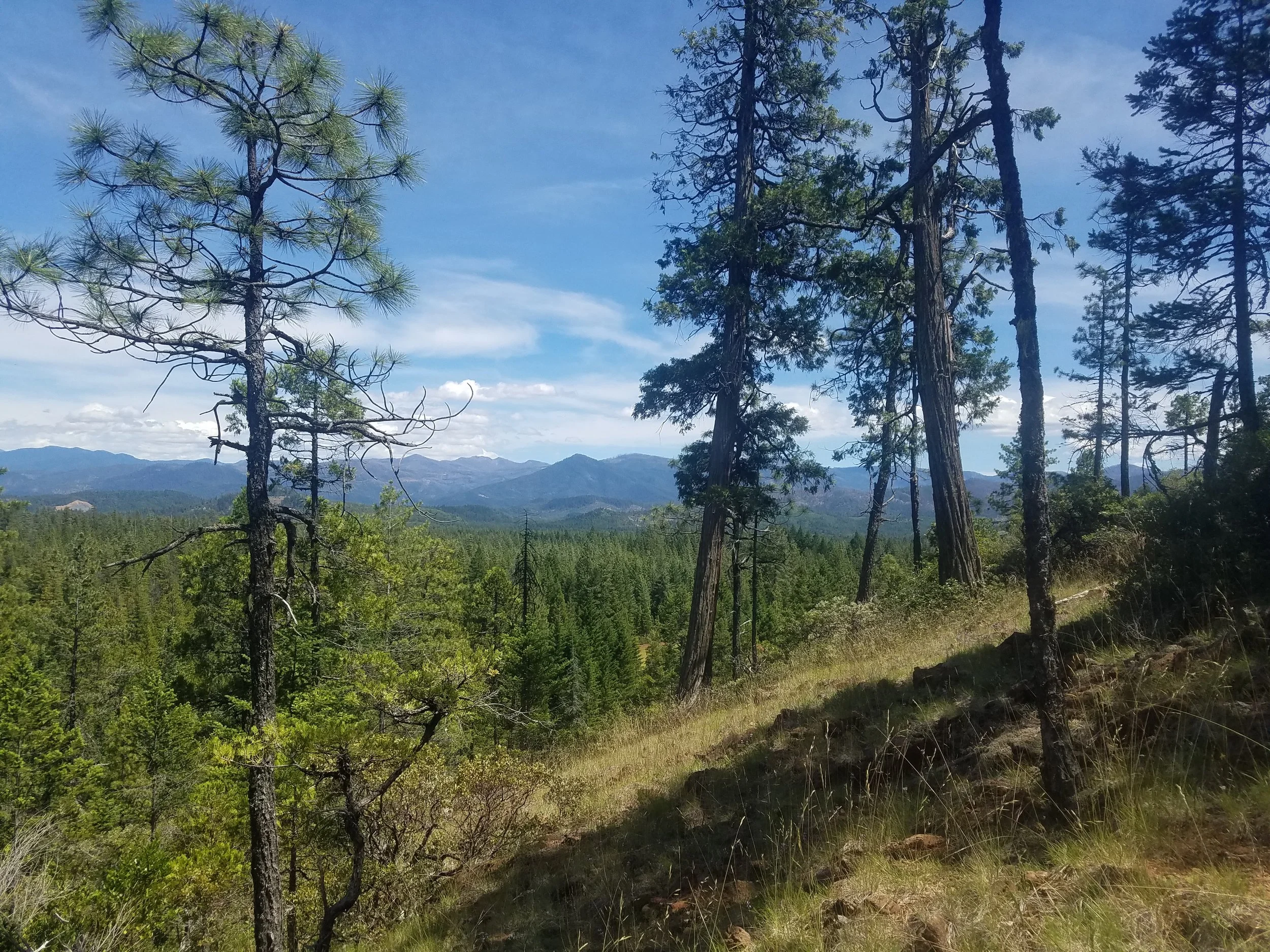How can a plant part resemble a Muppet wig or a sea urchin? How can a leaf appear slathered in purple spray paint or be covered in lumps, bumps, and swollen humps? When they have galls, of course!
Plant galls are created by the action of creatures like mites, wasps, flies, midges, and aphids, the “gall-formers”. Generally, a female gall-former lays eggs into a plant part – such as flowers, stems, or leaves – and the developing larvae secrete chemicals which stimulate rapid cell division resulting in a gall that is often more nutritious than other plant parts. These diverse structures serve as armored nurseries for developing young who grow and eventually eat their way out. In other cases, galls are formed by the feeding or mechanical abrasion of gall-inducers. The form of a gall is specific to species with over 2000 species of gall-formers described in the United States. The greater the plant diversity the greater the number of gall-forming organisms, although many gall-formers prefer oak, creosote, willow, sagebrush, and rabbitbrush species.
Galls can contain multitudes, providing a haven not just for gall-inducers but also inquilines (invertebrate species that peacefully live and develop inside), parasitoids that predate the gall-inducers, and even hyperparasitoids, parasites of the parasites. Galls are vibrant protein-rich micro-universes, and feed animals like goldfinches, woodpeckers, wood rats, and voles. To deter predation by parasitoid wasps and wildlife, some galls-formers create decoys, large empty galls, to lure attention from the smaller galls with babies.
Humans have long appreciated galls using them to make inks – for instance, the formal treaty with Japan ending WWII was signed with gall ink – medicine, supplemental livestock feed, and tanning agents. Children often notice fallen oak apples, galls created by cynipid wasps, and stomp on them for a pleasing crunch. Galls are weird and beautiful, and we are proud to conserve the oak woodlands, chaparral, and meadows that gall-formers need to reproduce and thrive.
Photo Description: Oak apple galls, large apple shaped growths on oak leaves; Chinquapin with small, berry like galls on the leaves, Manzanita leaves with red chili pepper shaped galls on the leaves and Mountain maple leaves bordered with small, red galls.











